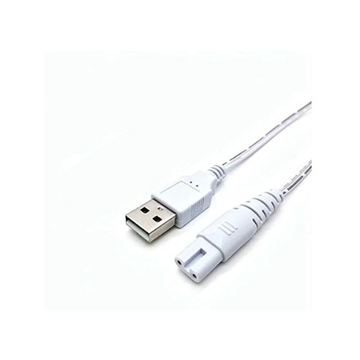The Decision to Wear Retainers Indefinitely
Introduction
After months or even years of orthodontic treatment, the day finally arrives when you get your braces or aligners removed. At this point, many individuals wonder if they have to wear a retainer forever. This article explores the factors influencing the duration of retainer wear and helps you make an informed decision about your orthodontic aftercare.
1. Initial Phase: Full-Time Wear
Immediately after your braces or aligners are removed, your orthodontist will typically recommend full-time retainer wear. This means wearing your retainer both day and night. This phase is crucial to prevent your teeth from shifting back to their original positions.
2. Transition to Part-Time Wear:
After some months of full-time wear, your orthodontist may advise transitioning to part-time retainer use, typically only during nighttime. This phase allows your teeth to stabilize further.
3. Gradual Reduction:
Over time, you might be advised to wear your retainer less frequently, perhaps every few nights a week. However, the exact schedule depends on your orthodontist's assessment of your individual needs.
4. Retainer Check-Ups:
Regular check-ups with your orthodontist are essential to monitor your progress and make necessary adjustments to the retainer plan.
5. Consider Lifelong Wear:
For some individuals, wearing a retainer indefinitely may be recommended. This is especially the case if you're at higher risk of teeth shifting due to factors like genetics, the severity of your initial misalignment, or age.
Factors Influencing Lifelong Retainer Wear:
- Genetics: If your family has a history of teeth shifting, your orthodontist might advise lifelong retainer use.
- Initial Misalignment: The more severe your initial alignment issues, the longer you may need to wear a retainer.
- Age: Younger individuals may need more extended retainer wear as their teeth are still growing.
6. Assessing Your Progress:
Your orthodontist will use various methods to assess your retainer progress, including X-rays, visual examinations, and bite assessments.
7. Potential Consequences of Not Wearing Retainers:
If you choose not to wear your retainer as advised, you risk undoing the results of your orthodontic treatment. Teeth may gradually shift back to their pre-treatment positions, requiring additional orthodontic intervention.
8. Lifestyle Considerations:
Consider your lifestyle and daily routines. Lifelong retainer wear might be more suitable if it fits seamlessly into your life.
9. Permanent Retainers:
For those who prefer minimal maintenance, permanent retainers bonded to the back of the teeth offer a long-term solution. However, they come with their set of considerations, including cleaning and maintenance.
Conclusion
The duration of retainer wear varies from person to person and depends on individual factors. While many individuals transition from full-time to part-time wear, some may need to wear retainers indefinitely to maintain their orthodontic results. Consult your orthodontist to determine the most suitable retainer plan for you and make an informed decision about your long-term orthodontic care.
Ever wondered how to keep your retainer sparkling clean and germ and bacteria-free?
This is why it is very important to use a good brand like B. Weiss unique formula for their retainer cleaner - the original purple tablet. This isn't just any cleaner; it's a purple crystal marvel that doesn't just banish stains, it actively fights yellowing. No more chemical scent, we simply made it grape-scented! It's a game-changer. Why settle for less when orthodontic care can be this good? Discover the secret to a brighter and healthier smile. What makes this tablet so unique? Read on to find out.
Disclaimer:
The content in this article is for informational purposes only and is not a substitute for professional medical advice. Always consult with a healthcare provider before making any changes to your health regimen. The author and publisher do not take responsibility for any consequences resulting from the information provided in this article.





